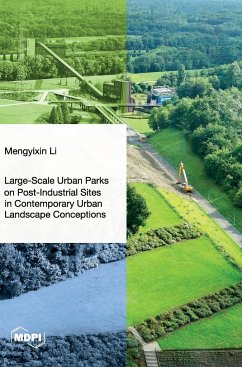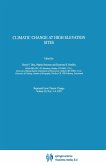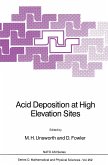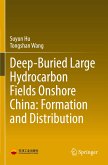The theme is related to "Large Parks on Post-industrial Sites in Contemporary Urban Landscape Conceptions", which is expounded in the fields of landscape architecture, landscape ecology and urban planning. A worldwide perspective is created so as to conduct cross-cultural research on the theories and practices of large-scale urban parks in North America, Germany and China. Through the scientific approach of 'critical rationalism', three design paradigms of large parks in different conceptions of contemporary urban landscapes are formulated based on quantitative and qualitative analysis, which are classified as the organic parks of North American 'landscape urbanism', the structural parks of German 'landscape structuralism' and the large parks of Chinese 'urban inventory renewal'. By means of critical thinking in diverse cultural interpretations, the research aims to reveal remarkable similarities and differences between the cultures in the Western world according to their understanding of landscapes (coherent vs. creative), landscape and ecology (representation vs. metaphor), and landscape and life (diversity vs. unpredictability). Through theoretical analysis and case studies, it demonstrates that the international park paradigms characterised by complexity, diversity, sustainability, appropriation and identity can influence various socio-cultural, ecological, and aesthetic developments. Finally, the analytical results of the two park paradigms in Western countries are adopted in the examination of landscape architectural park models and urbanistic theoretical frameworks in China. This monograph is written primarily for scholars, professionals and students in the fields of landscape architecture, urban planning and architecture. The book, involving in-depth analysis about urban parks, green open spaces, green infrastructure and post-industrial landscapes, will have international appeal. It will appeal to readers at different levels. Above all, it may be of interest to professionals who are concerned with the topics urban parks and post-industrial landscapes, as well as Chinese scholars and experts, particularly those looking at China's urban renewal and the ongoing transformation of post-industrial sites at different scales. This book will have strong implications for relevant urban landscape practices in China. Furthermore, it will be supported by the author's colleagues from various countries such as Germany, Italy, USA, Canada, Brazil and China. Moreover, students to whom the author teaches courses of Landscape Architecture History and Theory and Landscape Planning and Design at BUCEA, as well as the international students at Collaborative Classes organized by BUCEA, TUM, and POLIMI (Politecnico di Milano, Italy), are encouraged to read this book.








